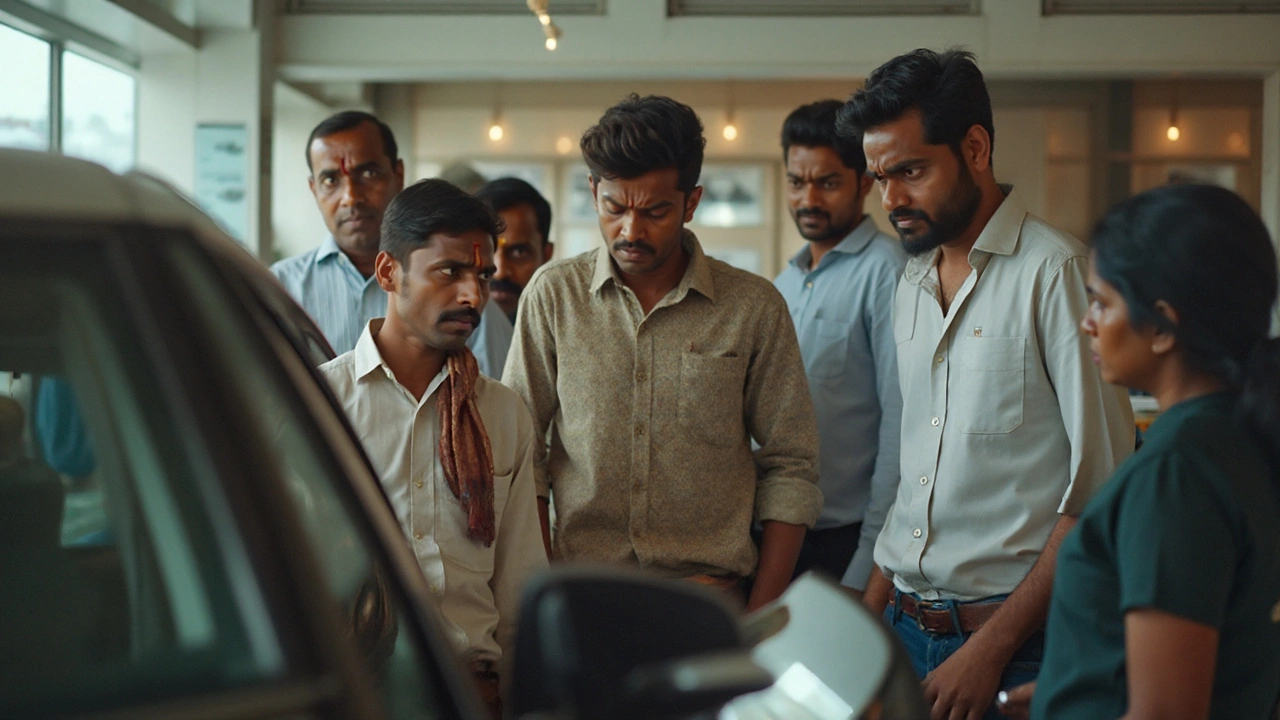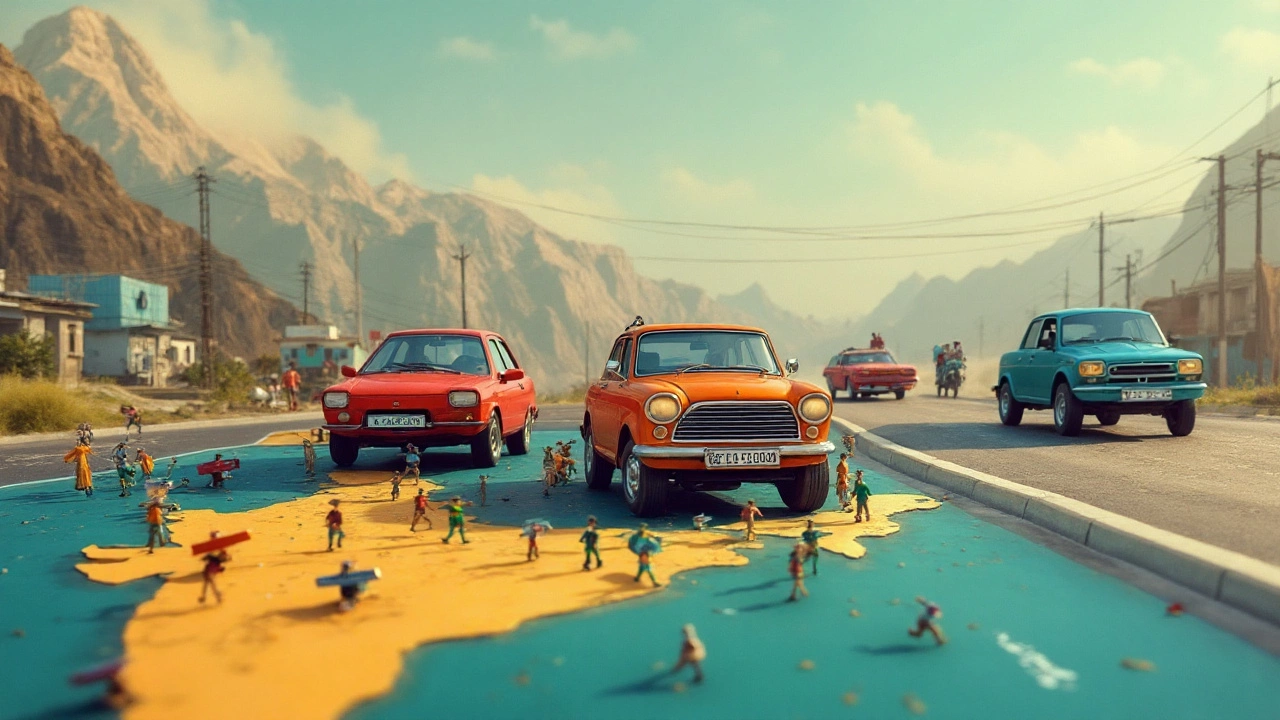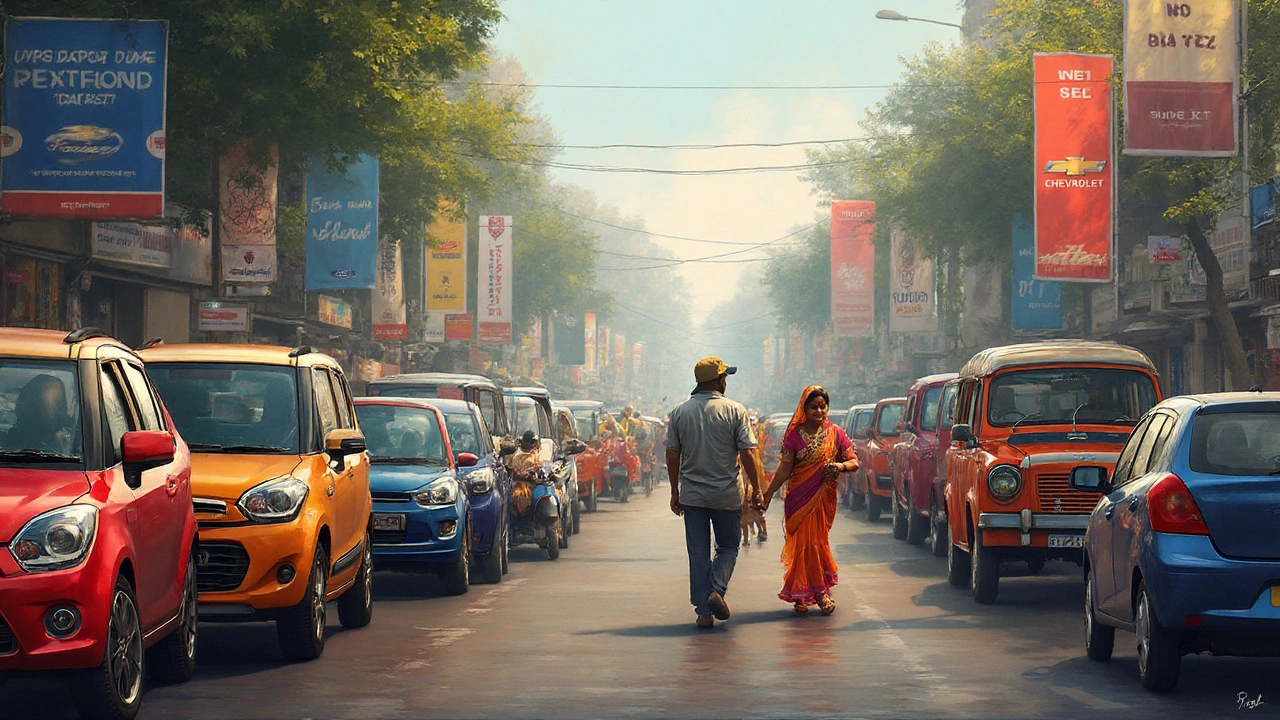It’s odd to walk into an Indian parking lot and realize that brands you’d spot at every corner in Europe or the US are missing. Where did they go? Some of them crashed the party, made a lot of noise, poured in millions, and still packed up within a few short years. The Indian auto market is ruthless: bring the wrong game plan, and you’re out. You can’t just put a badge on the hood and expect people to open their wallets. Car buyers in India are sharp, skeptical, and guided by a whole mix of expectations that most outsiders miss. Let’s pick apart how some of the world’s most established car brands—Chevrolet, Fiat, Ford, and a few others—failed to crack the Indian market, and what lessons their misadventures have left behind.
Why Big Car Brands Struggled in India’s Tough Marketplace
India’s car market is massive—it’s now among the top four in the world by volume. That sounds tempting, but this is no place for lazy strategies. Brands that failed here had a few things in common: misunderstanding what Indian buyers really look for, poor after sales support, and product planning that ignored local priorities. Let’s start with Chevrolet. People still remember the Aveo and Beat, but hardly with fondness. General Motors first came here in 1996 and lasted till 2017, spending two decades without ever figuring out what makes Indian buyers tick. Their models, mostly imported off the global shelf and “Indianized” just enough to pass, suffered on mileage, maintenance costs, and resale value. Chevrolet cars looked modern but lacked real-world reliability. Spares were expensive or hard to find. Who wants to buy a Chevy when there’s a Maruti or Hyundai down the street ready with parts and trusted mechanics?
Then there’s Fiat—a household name in the 20th century (who hasn’t heard stories of the ancient Fiat Padmini?), but in the 2000s, the company just didn’t evolve. Older Fiats ran forever, but their newer offerings, like the Punto and Linea, couldn’t compete against Maruti, Hyundai, or even Tata. Their dealer network was thin; service centers rarely impressed. Fiat’s build quality was solid compared to some, but their engines were thirsty, interiors looked dated, and costs mounted over time. It’s not that Indian car buyers didn’t want them—it’s that they couldn’t justify them.
Ford’s story bites even deeper. Ford made some popular models—remember the Ikon or the EcoSport?—and gave hopeful signals by building manufacturing facilities in Chennai and Sanand. But they never really hit the sweet spot. Maintenance costs remained high. The network never felt as reassuring as Maruti’s. When the 2020s hit and EVs started buzzing, Ford didn’t pivot fast enough. By late 2021, they shut down local production, a move that left thousands scrambling for spares and forced dealers to look for jobs elsewhere.
Japanese legend Mitsubishi came with a bang but couldn’t keep up after early wins with the Lancer and Pajero—both got old, new launches were delayed, and high prices drove buyers elsewhere. Daewoo went bust shortly after its Matiz made waves, mainly because the Korean giant itself folded under global financial stress. The story repeats: Isuzu and Peugeot popped in and out; Opel (from GM) burned out in the early 2000s with cars no one wanted to upkeep.
Looking at the numbers paints a clear picture. In 2017, Chevrolet’s market share in India was under 1%. Fiat barely scraped 0.1% market share before finally pulling the plug in 2019. Ford, which at its best reached a modest 2.5%, saw numbers dwindle sharply after 2016. Compare that to Maruti Suzuki’s behemoth 49% grip on the market—that’s like comparing a street vendor to a mall chain.

What They Got Wrong: Failed Strategies and Cultural Blunders
It wasn’t just about engine specs or pretty headlights. Indian buyers have a checklist that’s strict but logical: mileage, low maintenance costs, strong resale, and a trusted network. Miss one, and you’re in trouble. Take Fiat—the Linea had a tank-like build and wonderful ride quality, but those assets meant little if the service center in your town was 200 km away. Ford’s cars looked and felt international, but the moment your local garage couldn’t source a part, the headache began. High tech features sound great on TV but when basic reliability and after-sales are weak, buyers get spooked.
Another common miscalculation was pricing. Fiat, Chevrolet, and some Ford models often entered too high or skipped the crucial entry-level segment. The Indian market is price sensitive, and harsh taxes on bigger engines make the mid-tier and compact segment king. Chevrolet kept launching global models without diesel options when diesel was the rage. Fiat introduced diesels but bundled them with mid-level trims that missed the aesthetic charms local buyers liked, such as fancy infotainment or chrome highlights. Simple things—seat fabric, dashboard layout, AC performance—matter more than you’d think.
A vital piece often ignored: localizing the car for Indian roads. You need ground clearance, tough suspensions, and ACs tuned for summers that hit 48°C. Early Ford Fiestas, for example, earned a reputation for bottoming out on speed breakers. Chevrolet Spark AC units grumbled in peak Delhi heat. Meanwhile, Maruti’s workshops tweaked even their imported models for Indian traffic snarls and pothole festivals.
Brand communication let many down. A cool ad campaign means little if you aren’t genuinely connected with buyers’ emotions. Take the Maruti 800—it became a beloved first car, a symbol of independence and middle-class dreams. Ford or Fiat never caught that vibe, appearing aloof or foreign. Trust comes only when friends and neighbors start vouching for a brand, and that just never happened at scale with these “outsider” makes.
Dealership experience was another bruised toe. Stories abound of buyers waiting months for simple repairs or warranty claims. Fiat had barely 65 dealerships nationwide in its final years, compared to Maruti with more than 3000. Ford tried to expand quickly but struggled to keep quality consistent across outlets. When a car brand becomes notorious for poor after-sales, used car prices nosedive—another red flag for first-time buyers who often calculate every rupee.
This domino effect also crushed the used car value for these brands. Many Indians buy with the idea of reselling in 5-7 years to fund their next car. Maruti and Hyundai models keep healthy resale, thanks to confidence in easy spares and service. Try finding a buyer for a used Chevrolet Beat in 2022, and you’ll see tumbleweeds. And when cars don’t resell well, fresh sales also dry up. It’s a loop that’s hard to escape.
Some might claim a bad economy in the 2010s killed these brands. But Hyundai grew, Nissan stayed afloat, and Tata Motors re-invented itself in this very period. The difference was relentless focus on local needs, distribution, and relentless cost control. Ford and Fiat bet too long on their legacy. Indian auto buyers, on the ground, cared more about who’d stand beside them after the sale. These brands didn’t match up, so they paid the price.

Lessons Learnt: What Surviving and New Brands Can Do Differently
It’s not all doom and gloom. Watching these failures has sharpened the instincts of every car brand that hopes to survive or launch fresh models in India. Here are some grounded takeaways and tips for auto players looking to avoid the mistakes of the past:
- Localization is king: Successful brands go all-in on local R&D—think Hyundai’s tall-boy Santro or even the Tata Tiago. Adapt to Indian roads, weather, and traffic. ACs should freeze you in May. Suspensions must tackle potholes without complaint. Cheap and easily swapped spares? Non-negotiable.
- Build a service network before you build hype: Car buyers feel safe when they know help is never far. Skipping this step is brand suicide.
- Focus on mileage and cost of ownership: Mileage sells cars, and total expenses (including spares) keeps loyalty. Toyota’s Etios was unremarkable, but fleet owners bought it for legendary engine reliability and cheap maintenance.
- Flexible pricing and financing: Be ready to roll out smaller, low-taxed variants with EMI offers. When Honda finally brought the compact Amaze with a diesel, it blew the City’s sales out of the water. Miss this boat and you’ll be swimming to shore.
- Engage with the market’s emotions: Maruti became a household name because every family’s cousin, friend, or uncle trusted it. That’s a network money can’t buy—earned through decades of reliability and low drama. Build true word-of-mouth by actually solving local problems.
- Continuous product upgrades: India’s urban buyers want flashy tech, but rural markets put build strength and price above all. Customizing products to regions pays off—ask Tata Motors, who tailor features for state-level preferences.
- Plan for long-term survival: The after-effects of a brand exiting the Indian market are brutal—owners struggle to get spares, resale evaporates. Establish a strong patient base and communicate plans clearly. When Ford left, they at least attempted a ten-year spares assurance scheme, though not everyone trusted it.
- Electrification is coming: Don’t ignore the EV wave. Indian buyers are still suspicious but are warming up fast. Jumping in early with reliable, affordable EVs (like Tata’s Nexon EV) is a must for the next decade. Skip it and you’ll be the next cautionary tale.
Brands that failed here serve as neon warning signs, but also as guides for what works. Suzuki came in as an “outsider” too, but became Indian by focusing on people’s realities, not boardroom fantasies. It’s not about who has the best ad—many Ford and Fiat campaigns won awards but didn’t shift the sales needle. The truth is simpler: Know Indian buyers better than they know themselves. Make the car a solution, not a gamble. Provide peace of mind, and the market will reward you.
Looking at the graveyard of failed brands, there’s no single reason they vanish—call it a chain reaction of missed chances, tone-deaf strategy, and blind spots about what Indian buyers value. There are probably more foreign badges coming in the next decade, and if they don’t study these failures closely, history will repeat itself. At the end of the day, a badge means nothing—trust, service, and smart adaptation mean everything on Indian streets.
